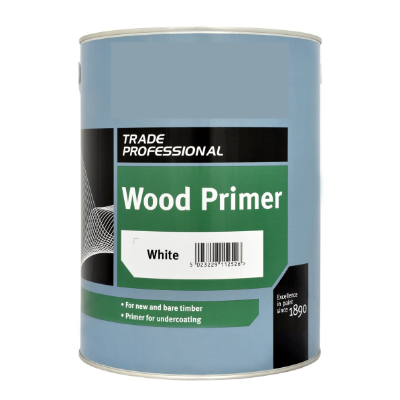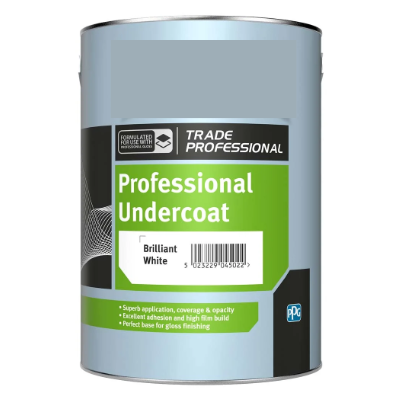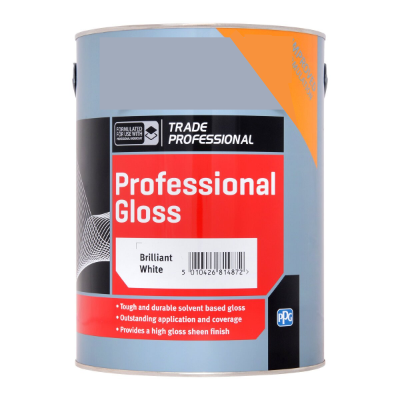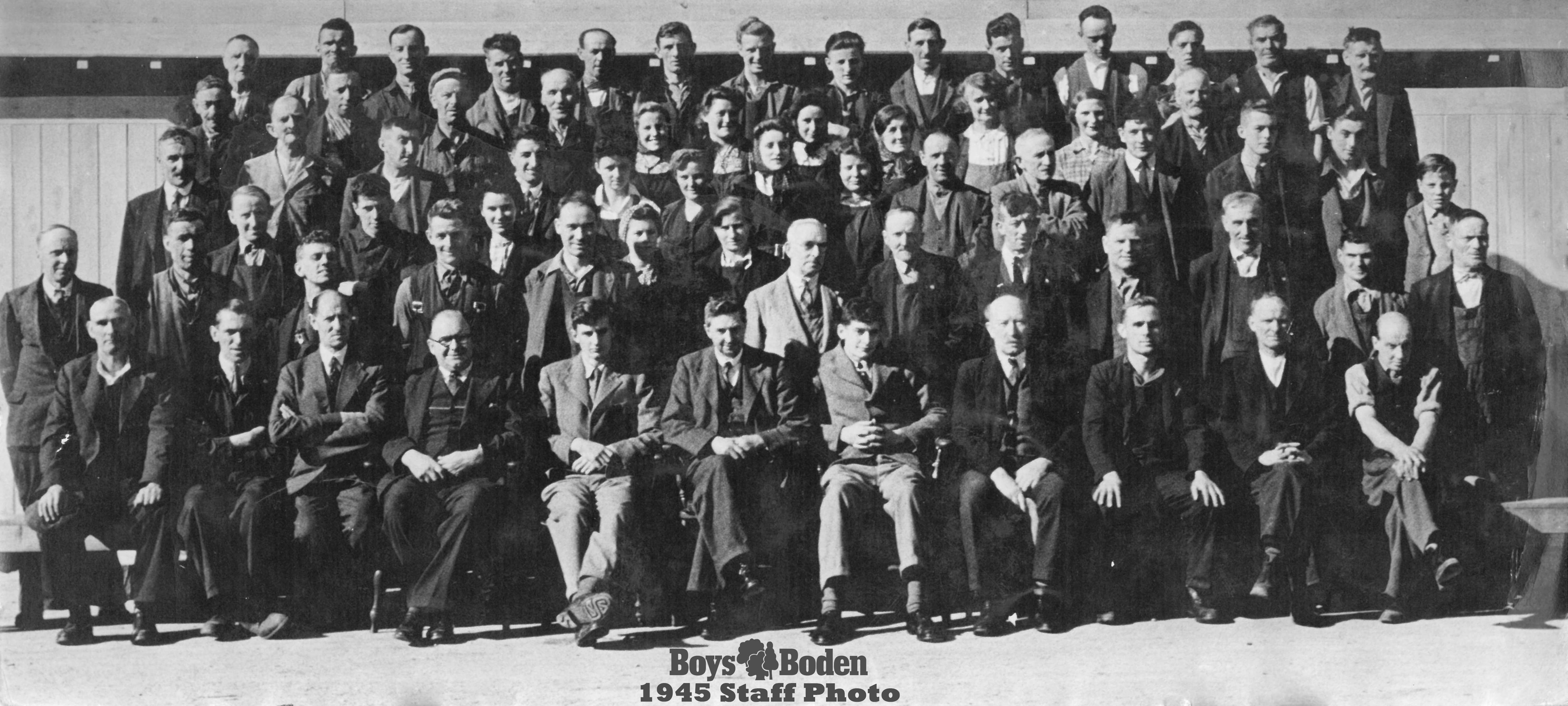Stage 1 - Preparation
Sand the wood: Use sandpaper to lightly sand the entire surface of the wood. This will remove any rough spots or bumps and help the paint adhere better. Wipe the surface with a tack cloth to remove any dust.

Apply primer: Apply a coat of primer to the wood to help the paint adhere better and create a smooth surface for the paint to adhere to. Use a high-quality primer specifically designed for wood. Allow the primer to dry completely before painting.

Stage 2 - Painting
Apply paint: Once the primer is dry, apply a coat of paint to the wood. Use high-quality paint designed for wood and apply it evenly with a brush or roller. Allow the first coat to dry completely, then apply a second coat if necessary.

Sand between coats: If you're applying a second coat of paint, lightly sand the surface between coats with fine-grit sandpaper. This will help create a smoother finish and remove any imperfections.

Stage 3 - Seal
Finish with a protective coat: Once the final coat of paint is dry, you may want to apply a protective coat to the wood to help prevent damage and extend the life of the paint job. This could be a clear coat or a wax, depending on the look you're going for.

By following these steps, you should be able to achieve a smooth, and even finish when painting bare wood.







